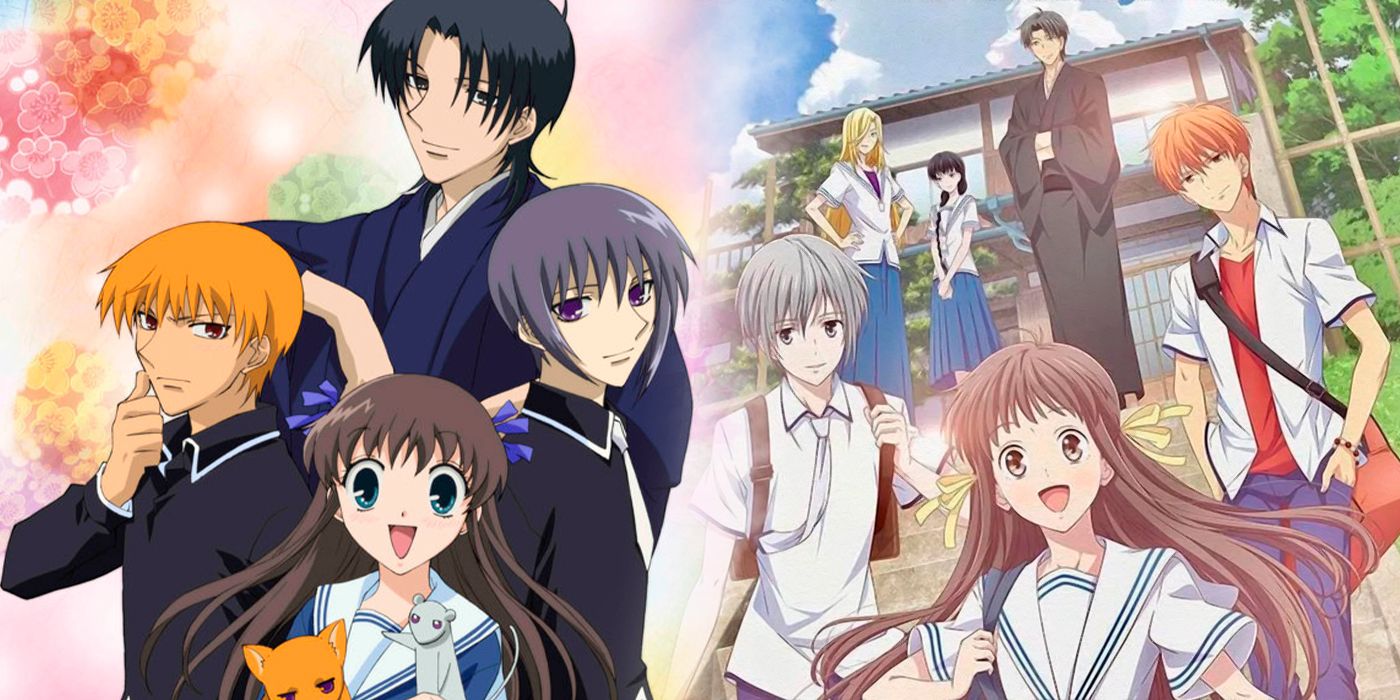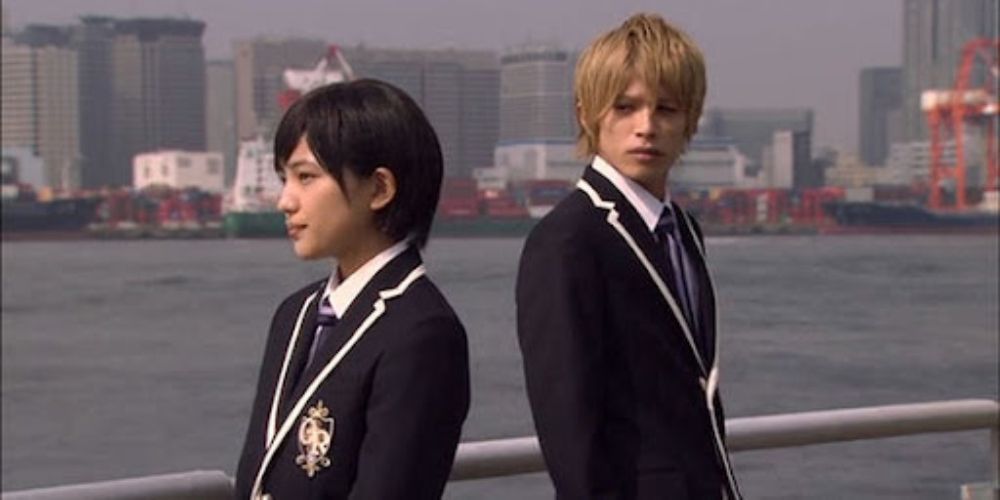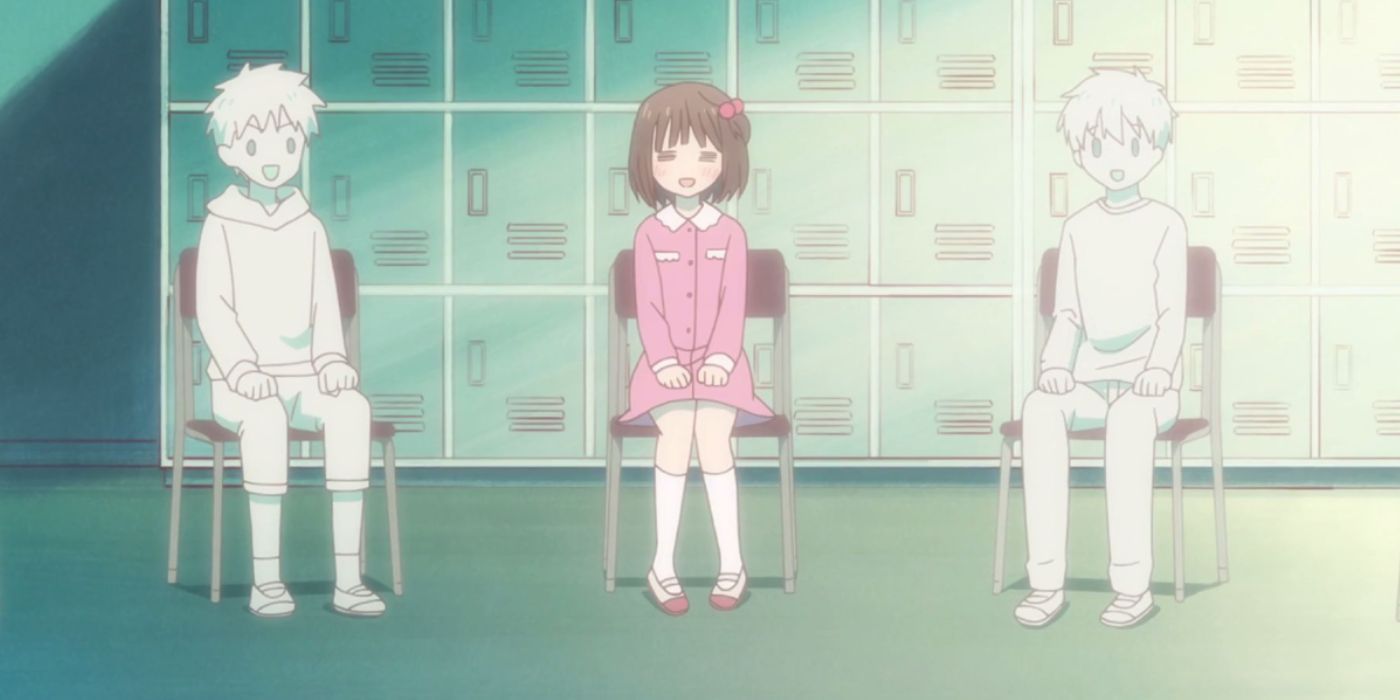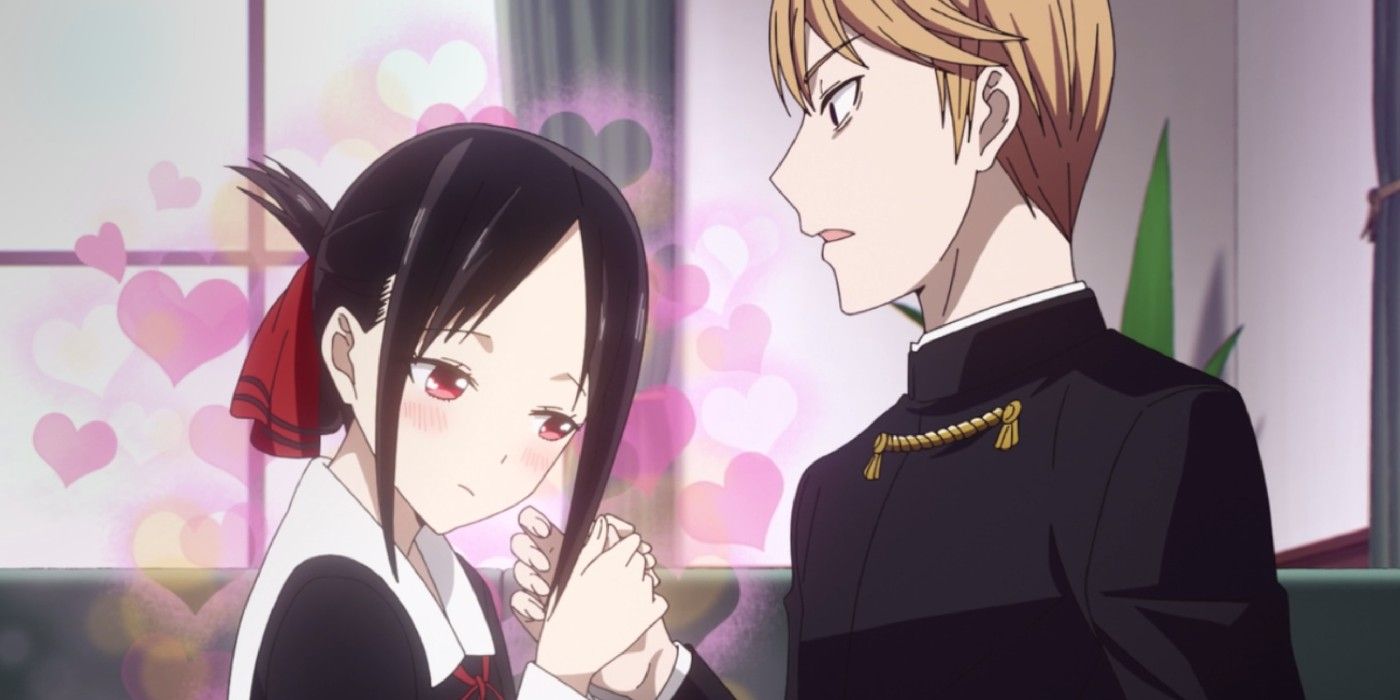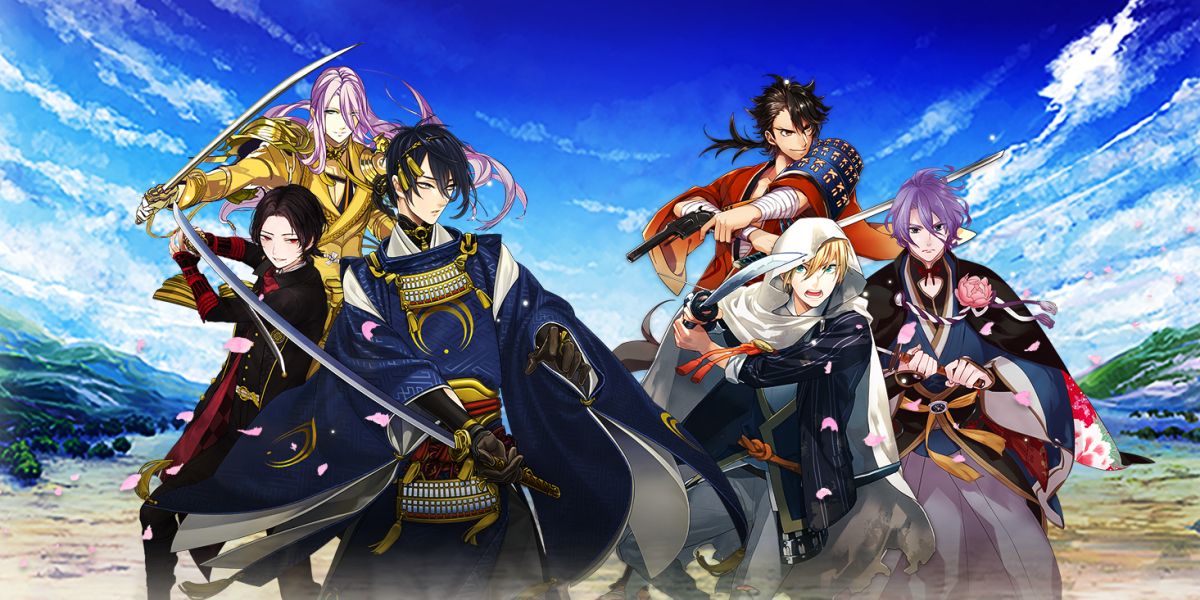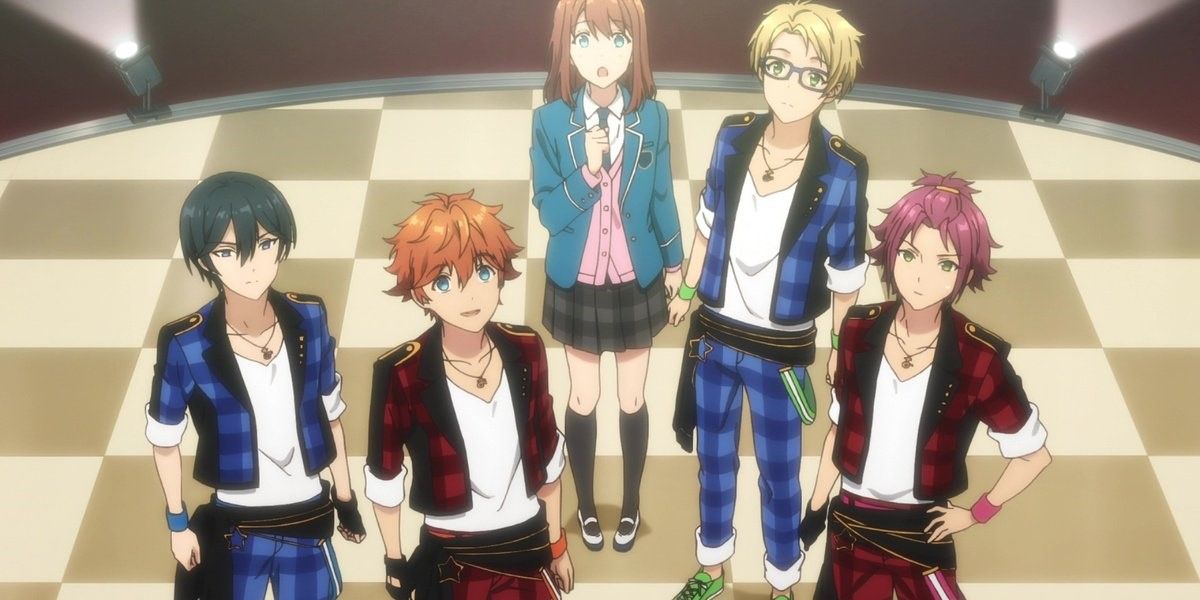As more and more anime are made and released each year, fans may be wondering why more shojo anime aren't being crafted. In fact, compared to previous years, it feels like there are fewer shojo titles being created these days -- despite the increased output from the industry as a whole.
Some may come to the natural conclusion that it's simply due to a lack of demand from fans, but there is quite a bit more to it. Here are the answers to why there's seemingly less shojo anime being released in recent years.
Shojo's Shift From Anime Adaptations to Live-Action Adaptations
There are actually still shojo, and by extension josei, adaptations being produced. These days, however, they're often adapted as live-action dramas and films instead of the typical anime format. Because most Japanese dramas don't get streamed in the west, these adaptations often fly over most anime fans' radar outside of Japan. With their more down-to-earth tones and slice-of-life settings, these titles are often easier to produce as live-action productions compared to the more fantastical shonen manga.
They also tend to resonate better with a general audience, which allows them to blend in well with other non-anime programs on regular television blocks. Another possibility for the preference for live-action adaptations could be due to a commonly misconceived notion that most women outgrow watching animation once they reach adulthood. This is untrue of course, but it doesn't stop anime productions from overlooking even the most popular, bestselling shojo manga in favor of the latest isekai or shonen title.
Anime's Preferential Treatment to Male-Targeted Media
A vast majority of the anime that have broken into the mainstream today are shonen titles, with many being popular enough for even non-anime fans to recognize. This bleeds into the amount of representation such titles get in conventions based on the number of cosplays, fan art, and merchandise related to the series that can be found. While a few shojo anime have also reached that level of popularity, they pale in numbers and recognition compared to the biggest shonen titles.
In fact, no shojo anime in recent years have reached the same level of popularity as classic titles like Sailor Moon or Fruits Basket. Tellingly, some of the most popular shojo titles lately have been reboots. It begs the question: why have so few shojo anime broken into the mainstream? It isn't because shojo isn't as good or accessible as shonen, and it certainly isn't because the current shojo manga being published aren't as good as the older ones. It's because there just aren't enough being made.
Now, this isn't to say that previous years have had a lot of shojo anime adaptations either. There were more than there are now, but they were still relatively fewer compared to the amount of shonen series being released. This issue has persisted in most media for years now, extending from the east to the west. Because of this, many quality shojo and josei manga have never reached a wider audience -- because there just aren't enough people in the industry willing to give media aimed at girls a chance.
What makes this situation especially frustrating is that shojo manga and anime are often accused of focusing too much on romance, yet there are far more shonen and seinen romance anime being released each year compared to shojo and josei romance stories.
Some of the biggest romance anime in recent years have been both shonen and seinen titles like Kaguya-sama: Love Is War and the Quintessential Quintuplets, which were both popular to receive multiple seasons, films and even live-action adaptations. Even one of the few reverse harem anime released this year, Romantic Killer, is based on a shonen manga (although one would be forgiven for mistaking it for a shojo series, as it seems to have been written with a female audience in mind rather than a male one despite its label).
The Shift to Mobile Games in Popular Female-Targeted Media
These days, what resonates more with female audiences tends to be less of the stereotypical boy-meets-girl romances and more of the close relationships and bonds formed between attractive men. This is especially true as mobile games like Touken Ranbu and Ensemble Stars continue to rise in popularity. It's gotten to the point that, much like with isekai, a handful of these types of titles are released with each new season.
This subgenre of female-targeted media has also proved to be incredibly profitable; Ensemble Stars has frequently made it on the top charts for mobile games in terms of revenue, beating out games made for male audiences like Uma Musume and Fate Grand Order. Many of the anime adapted from these types of games have gone on to receive multiple seasons and even a handful of films -- a rarity among both shojo and josei anime, which tend to be restricted to just one season. Touken Ranbu in particular has been going strong since it first launched in 2015 and went on to spawn two anime adaptations, stage plays, manga, and even a Warriors spin-off game that was officially released in English.
The otome subgenre also continues to thrive in popularity, with gaming companies like Aksys consistently distributing a number of new games each year. While there aren't as many anime adaptations based on this genre compared to those that feature all-male casts, there are typically at least one or two new titles per year. The surge of Villainess-themed isekai has also brought with it an increased interest in otome games which may in turn lead to more adaptations in the future.
The shojo genre isn't dying by any means, but it's definitely more overlooked compared to its shonen counterpart at present. It's filled with titles that tackle a variety of topics outside of typical romances, and there are definitely series that could reach the same level of popularity as classics like Sailor Moon -- or even modern shonen series like My Hero Academia or Attack on Titan -- if only more people in the industry are willing to give such stories a chance.

